A trip to South Africa with K‑Trap and Kojey Radical

For the Nando's Mix It Up campaign, THE FACE joined the UK rap stars as they embraced the sound and culture of amapiano.
In partnership with Nando’s
Words: Mpumelelo Mfula
Photography: Luke Ncube
Among South African music lovers, “amapiano to the world” has become the unofficial phrase to describe the fast trajectory of the genre. After spending four days among amapiano pioneers and four visitors from the UK – alt-rap artist Kojey Radical, drill star K‑Trap, internet personality Niko B and R&B singer Lost Girl – for the Nando’s Mix it Up campaign, I can safely say that amapiano is an African homegrown gift to the world.
Nando’s Mix It Up campaign fosters a cultural exchange between the UK and South Africa. On the first day of the trip – for which Nando’s teamed up with Bridges for Music, a non-profit which empowers talent from under-served communities – the South African and UK artists were introduced at Nando’s HQ, better known as the Nando’s Central Kitchen in Johannesburg. Across a long family table, K‑Trap, Kojey, Lost Girl and Niko B sat down with South African producers and DJs such as MFR Souls, Mathandos, LuuDaDeeJay, Dinho and vocalist Makhanj. The cheerful mood around the table inspired conversation about similarities and differences in culture, music and food, and the inevitable question of the difference between Nando’s flavours ensued. That’s when I was drawn to the opposite side of the table, when I heard someone say “This one tastes very homely, very wholesome”. That sentiment would describe the cultural and musical experience of the following days.
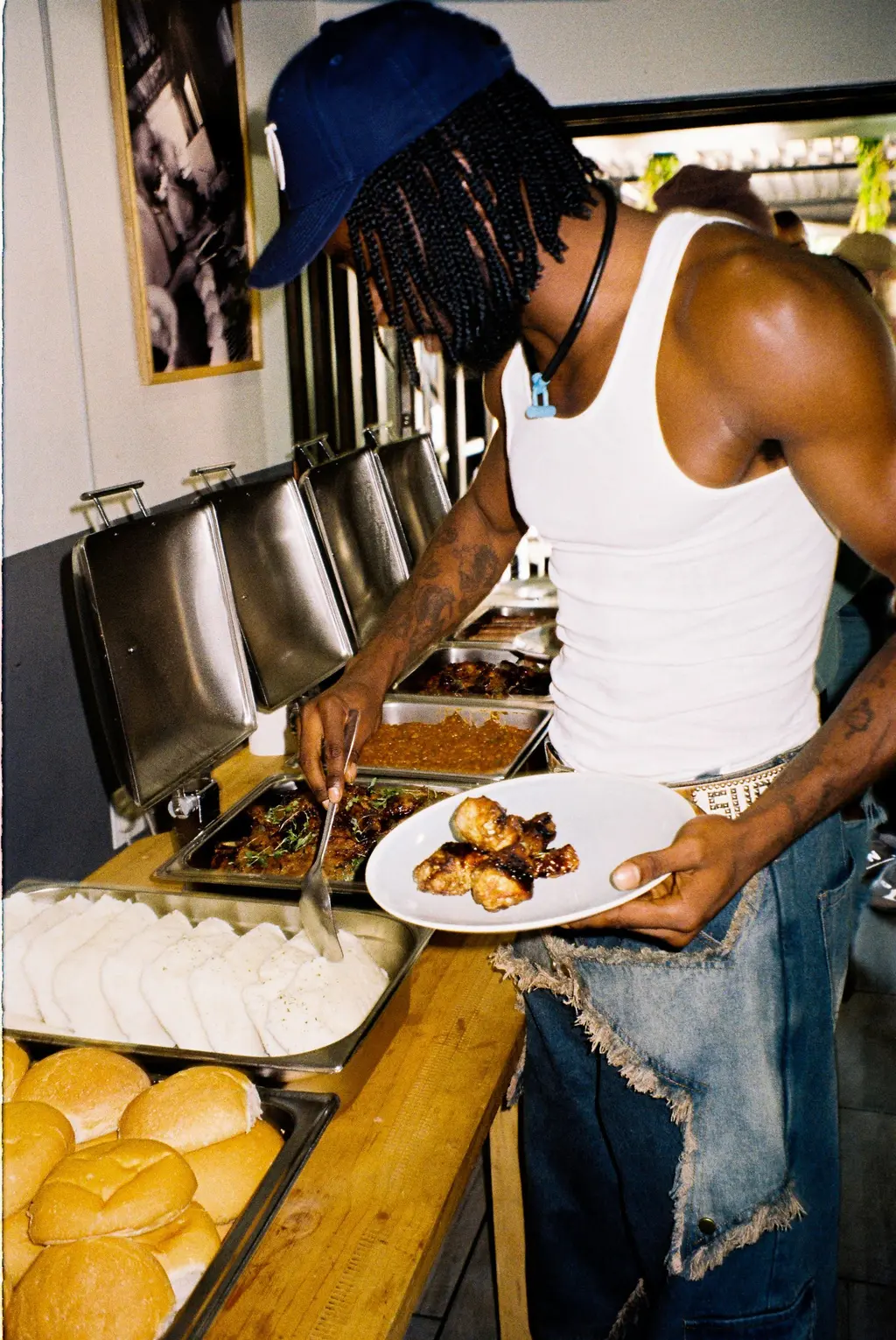
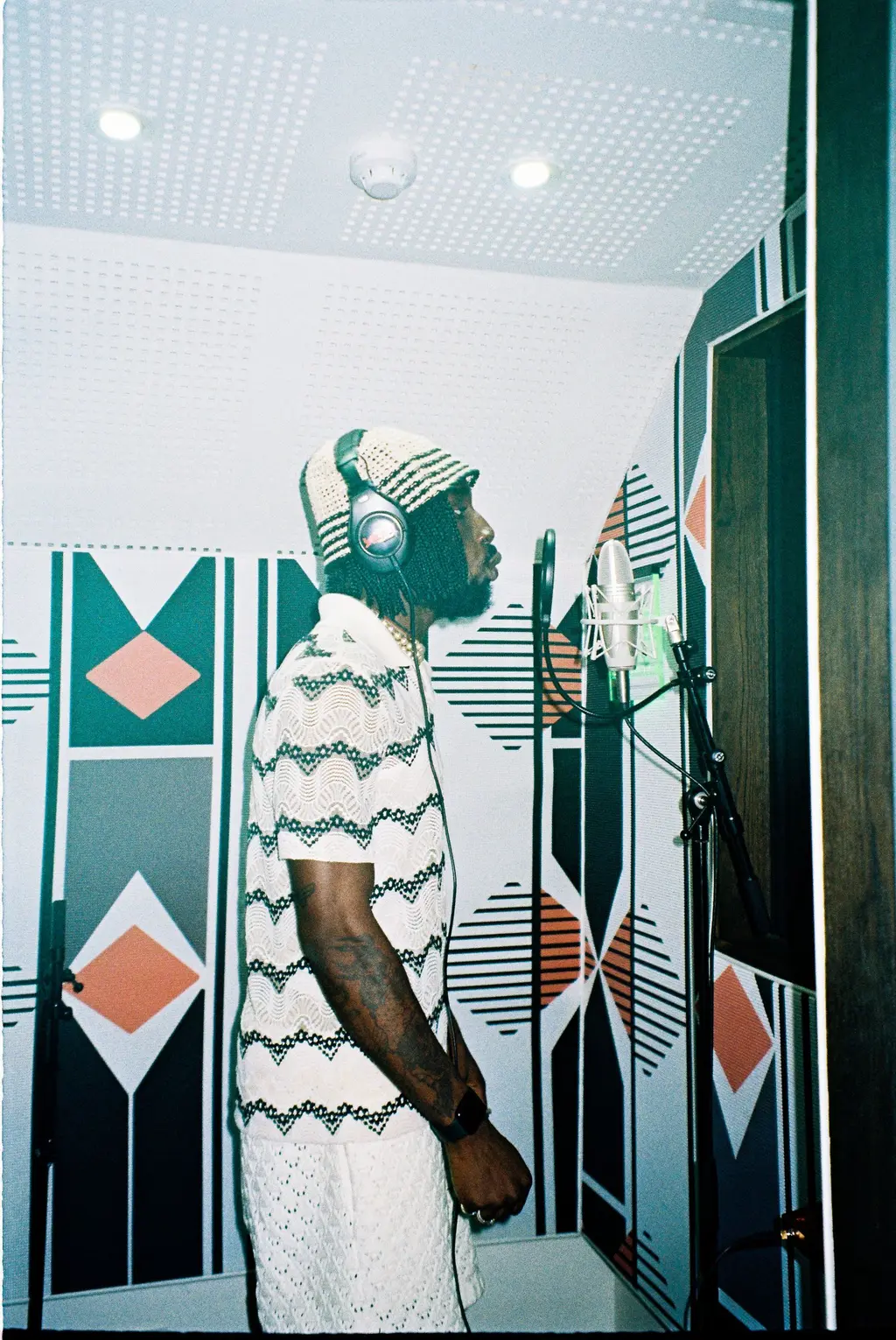
Day two kicked off with an early drive from Johannesburg to Mamelodi, one of the most celebrated townships in the capital city of South Africa known as Pretoria. It took us just under an hour to enter Mamelodi in a Toyota Quantum minibus taxi with the artists, an experience that felt familiar for the average South African, as the Quantum taxi is the most popular mode of public transportation for most South Africans.
Mamelodi – an urban black neighbourhood with a population of over 33,4000 people – looks and feels like most South African townships, but it’s distinctive for its public paintings of local football club Mamelodi Sundowns’ logo on most walls outside people’s homes. We were greeted by local nightlife figure Jack Buda as we entered Mamelodi West, a revered venue that has given a platform to emerging local sounds and artists, where we joined by local DJ, producer and entrepreneur Dinho Diego Motau and pioneering amapiano duo MFR Souls (Maero and Force) to discuss the genre and its cultural impact.
“Amapiano has literally changed lives and it will continue to do so”
Kojey Radical
Dinho was keen to express that amapiano has had a positive effect on Mamelodi’s local economy. “I think last year we had over 25,000 people at my event, so people from my kasi [neighbourhood] cherish that event so much cause it brings a lot of revenue, for people who sell food at taxi ranks, taxi drivers take people to the event. People come here and sell their t‑shirts and local artists get booked,” he said.
We were then taken on a tour of the mountain that overlooks Mamelodi, which is appropriately named “Mother of Melodies” when translated from South African native language Sepedi to English. Here, the tradition Doctor Ntate Mabena, who is a custodian of the Mothong African heritage village, educated us on the history of amapiano’s heartbeat – the log drum.
The log drum, which sounds like a subtle, deep knock from a distance, is prominent in every amapiano track, but it’s a sound that is not new in South African dance music. Long before the instrument was digitised by contemporary amapiano producers, kwaito legend Spikiri would be seen playing the analogue log drum live on stage in the late 1980s as a band member for SA entertainment legend Chicco Twala. The beat of the log drum is what many musically-inclined South African kids mimicked by bashing on their school desks so that they could sing or rap over it. “When you beat the [log] drum, that sound is so therapeutic,” Ntate Mabena tells us. “Something about it can heal your mind, heal your soul, your body will rise, something will touch you inside.”

On game day, everyone gathered at Flame Studios, which is based at the heart of Johannesburg at Constitution hill. The location has rich political history because it served as a prison which held the likes of Nelson Mandela and Mahatma Ghandi during the South African apartheid era. The Constitution Court, which is the highest court in South Africa, is located here. The court stands as the flame that keeps the country’s constitution alive, and that is what inspired the name of Flame Studios.

Everyone came in looking dapper. K‑Trap strolled in with white crisp Air Force 1s. Kojey Radical had a laid-back knitwear combo fit that was a little too cool for Johannesburg winter day perhaps, but he carried it with the same laidback charisma that be brought into the booth that day, when he laid down vocals over MFR Souls’ mellow and soulful amapiano beat.
Kojey, who had visited South Africa three times before this trip, told me about when he first came across amapiano. “I knew about gqom – that was popping when I was here [in 2016]. I came back maybe three years later and I heard murmurs of this thing that’s coming, I remember going from one industry party to a house party, and at the house party everybody knew the drum patterns, the lyrics, the inflection and chants. I was standing there thinking, ‘Okay, some new things”.
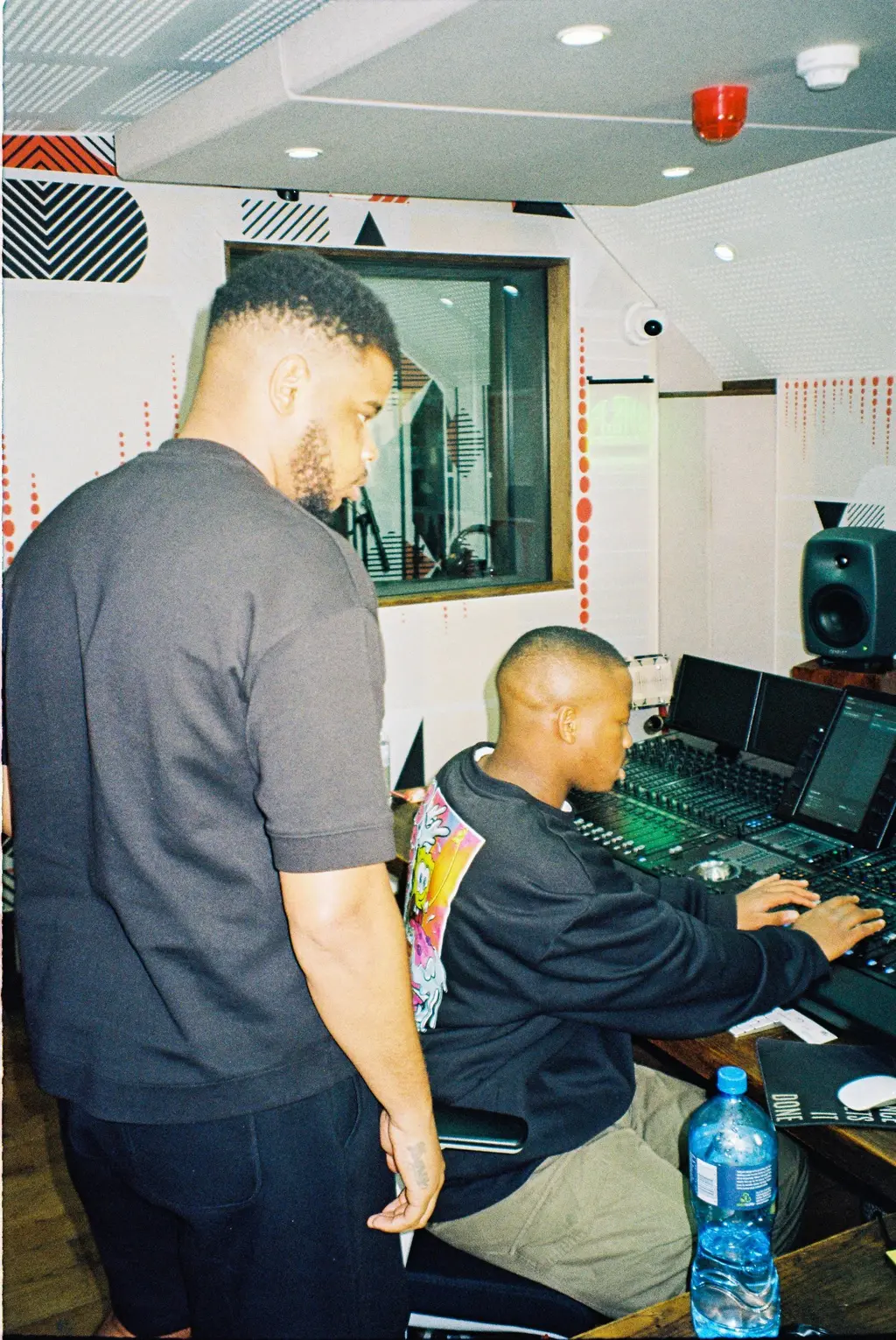
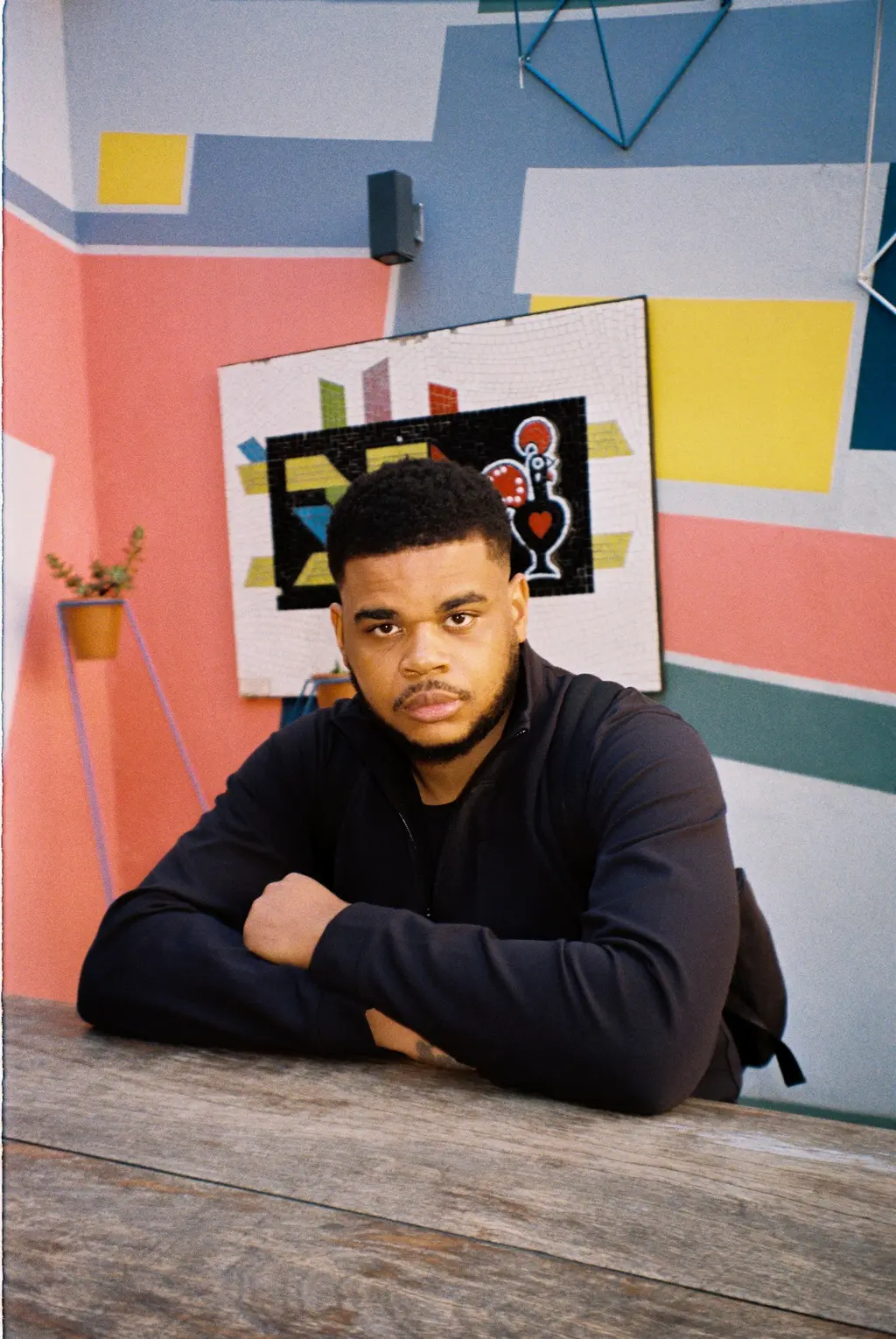
K‑Trap in the next studio was in his usual chilled mood, but the raps on his collaboration with the producer Mathandos told a different story, with lines such as “You’re a small boy, I’m a Gintsa” that highlighted similarities between the streets of South London and Johannesburg. Trap told me that this entire trip felt familiar but new to him, because he could find words in his own dialect to describe relatable issues in Mamelodi and Johannesburg. Mathandos, who is part of the production collective that brought us amapiano hit song Bakwa Lah, was a reliable collaborative partner to K‑trap, helping him with references which were specific to amapiano culture, such the infamous night club Konka.
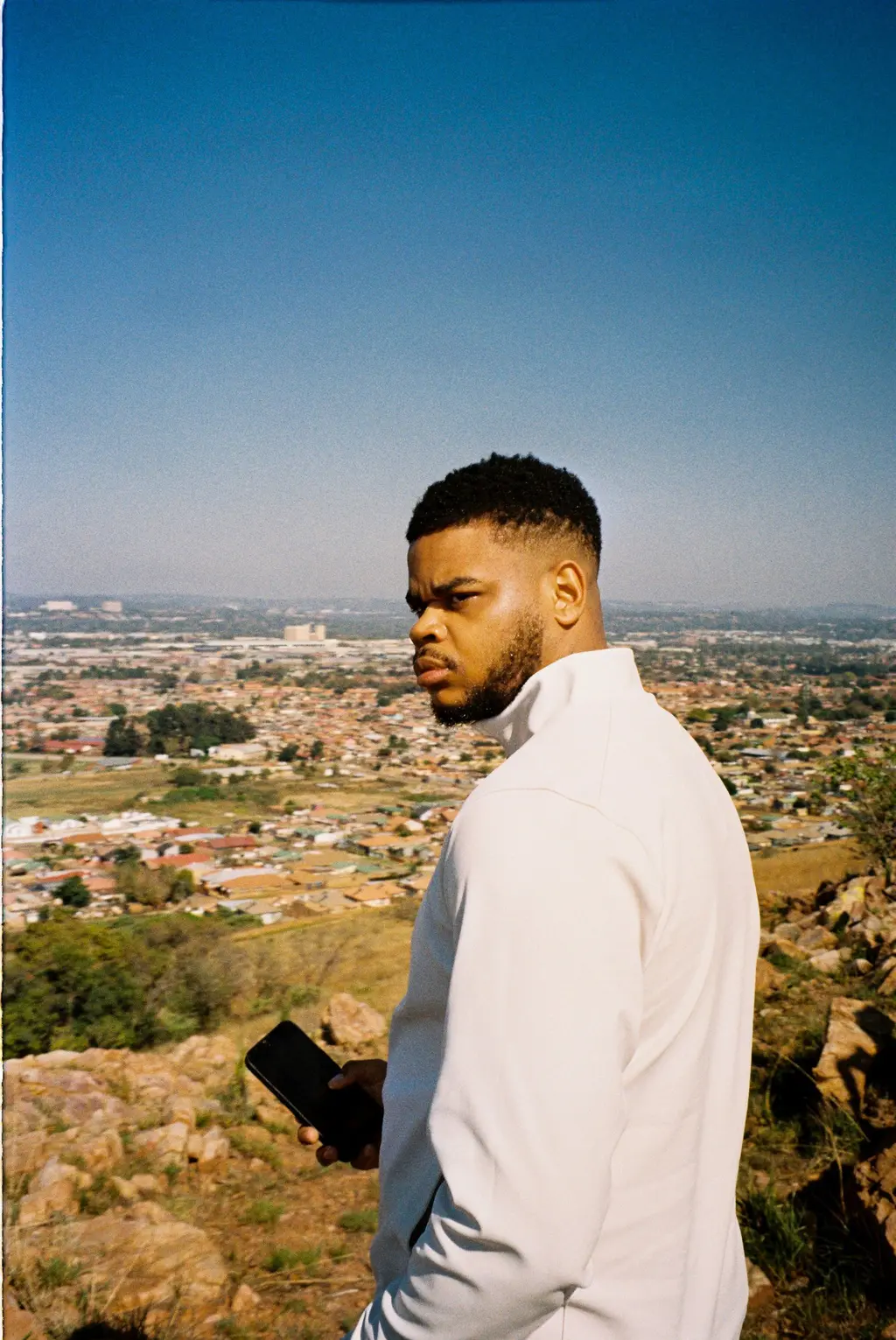
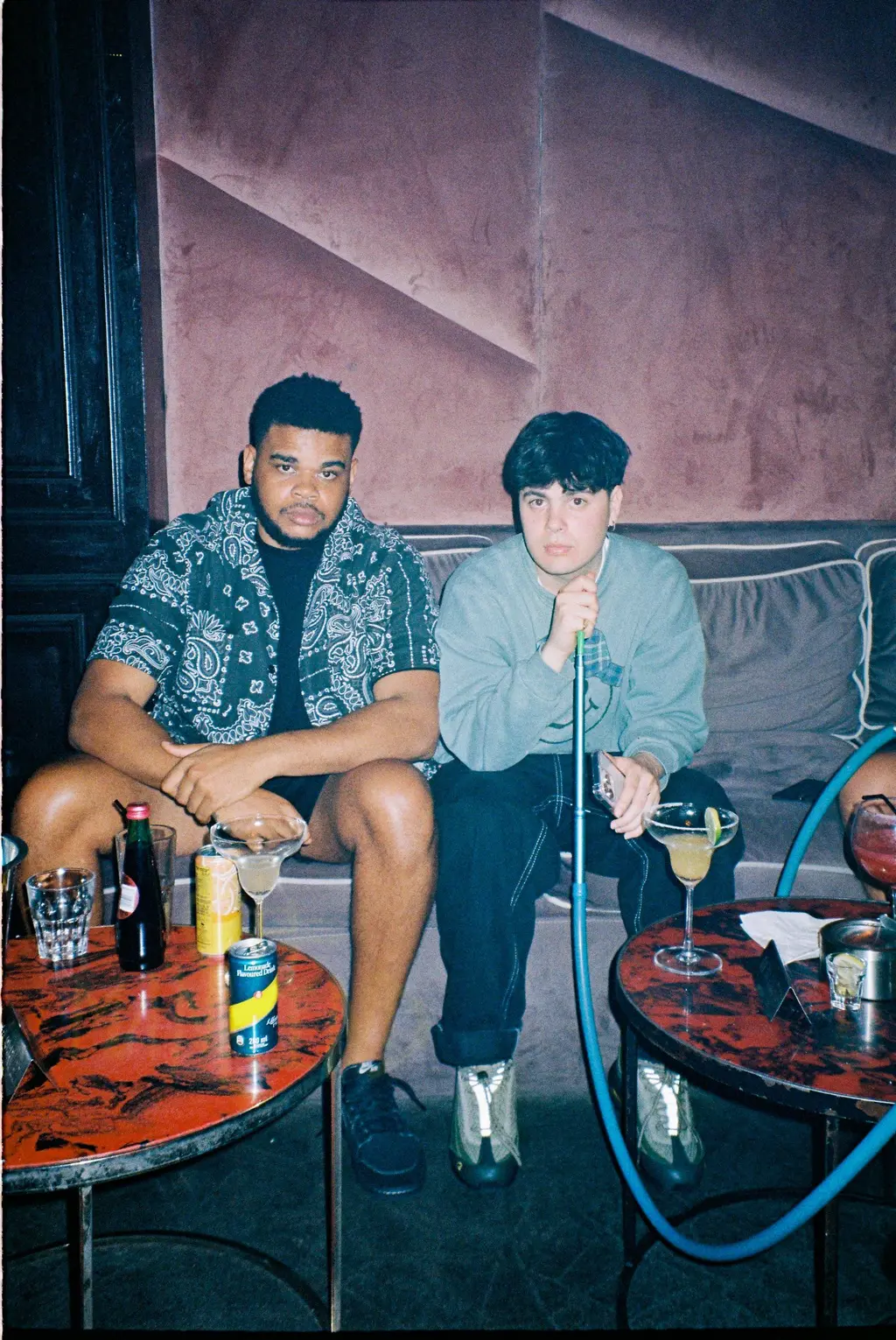
By the final day of the Mix it Up experience, everyone involved started to feel like family. We shared so many Nando’s meals and tasted every flavour while exchanging stories and music. I couldn’t help but complete the conversations I’d been having with both South African and UK artists by bringing it back to that driving phrase – “amapiano to the world” – and asking what it means to them after this experience. The general response from South African amapiano producers and DJs was that this genre has created so many opportunities for people from communities which are systematically less likely to thrive in the economy, not only in South Africa but throughout the world.
LuuDaDeejay said that promoters and DJs across the globe are benefiting from hosting amapiano parties and festivals. “Yes, the genre comes from here in South Africa, but now other countries are making money through this amapiano genre, so the phrase makes sense because everyone in the world can benefit from amapiano”.
Kojey Radical responded to the same question with an interesting view – that this genre is a tool for Africans to use as a gateway to the rest of the world. “This genre has literally changed lives and it will continue to do so, and long may it do, cause we’re all trying to eat man.”
Amapiano is more than just a music genre, it’s the sound of an African cultural renaissance and it guarantees to bring a wholesome and homely experience to anyone immerses themselves in its flavours. Whether you’re from South Africa or South London, amapiano can bring all of us together.






